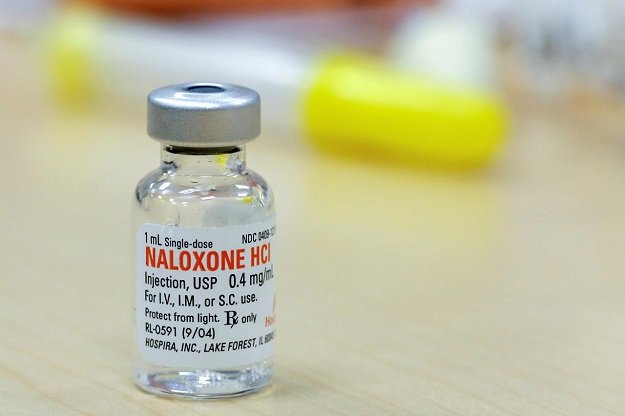
NEW YORK: Jury selection has begun in a landmark federal case in Ohio on whether drug companies can be held responsible for the opioids epidemic that is raging across America.
The case is seen as a test for the entire pharmaceuticals industry, which stands accused of fueling the crisis by aggressively promoting painkillers that can become dangerously addictive.
Perhaps predictably, the companies are negotiating to possibly avoid trial, thereby avoiding a precedent-setting verdict.
Fentanyl is the primary synthetic opioid available in the United States (US), a class of drug that was responsible for almost 32,000 overdose deaths last year.
Here are five things to know in order to understand the crisis:
Fentanyl was first developed in 1959 and introduced to the US market in the 1960s as an intravenous anaesthetic.
It is used to manage severe pain - for example, among cancer patients or those receiving end-of-life care.
Deaths from heroin, opioid drugs in US rise sharply
It is up to 100 times more potent than morphine, according to the National Institute on Drug Abuse.
But it is also produced illegally and trafficked into the United States - primarily from China and Mexico - in the form of powder or tablets, and sometimes gets mixed with heroin and cocaine.
Fentanyl can be lethal in a dose of as little as two milligrams, equivalent to a few grains of sand.
The US Centers for Disease Control and Prevention have reported more than 400,000 deaths from opioid overdoses from 1999 to 2018.
On average, about 130 Americans die each day.
While the crisis first erupted in the 1990s, the number of deaths exploded starting 2013, when fentanyl use began to surge.
Last year, the number of fatal overdoses fell for the first time in 20 years in the United States, but deaths due to the use of fentanyl and other synthetic opioids mounted, totalling 32,000.
Trump to champion death penalty for drug dealers
Powdered fentanyl can be bought on the dark web or even business trading sites like Weiku.com, according to Roger Bate, a scholar at the American Enterprise Institute who published a report on the drug earlier this year.
A kilo sourced from China can be purchased in the United States for as little as $1700, which is then used to create up to a million pills that, when sold for $10 to $20, each generates millions in revenue, according to the DEA.
Mexican gangs also play a large role in producing and distributing the drug, with precursor chemicals first smuggled into Mexico via the southwestern United States.
Some illicit fentanyl products are also brought into the United States via Canada, which until 2017 did not allow authorities to open the contents of mail weighing less than 30 grams.
Trump moots 'ultimate' punishment for drug dealers
Experts agree that in part, the crisis stems from the prescription use of painkillers gone wrong. Doctors seeking to manage their patients' pain overprescribed medications, and some users became addicted.
One of those medications is OxyContin, which is made by Purdue Pharma. The US firm got clearance to offer the drug for a wider range of problems, and use skyrocketed.
Purdue is most widely blamed for fueling the epidemic and is one of the defendants in the complex Ohio case. It has been seeking a settlement since filing for bankruptcy.
It and other companies like Johnson & Johnson are now facing an avalanche of legal action led by state attorneys general or local authorities.
The CDC puts the "economic burden" of the opioids crisis at a whopping $78.5 billion a year. That includes the costs of health care, lost productivity and the prison system.
Chicago sues US drug distributors over opioids
A study published this week by the Society of Actuaries put the total cost for 2015-2018 at $631 billion.
The administration of US President Donald Trump designated the opioids epidemic a "public health emergency" in October 2017. That freed up public funds to battle the crisis and improve treatment.
Beyond the obvious federal efforts to combat drug trafficking, the National Institutes of Health (NIH) in April 2018 launched the HEAL Initiative - Helping to End Addiction Long-Term.
That project is aimed at pinpointing scientific solutions to the issues of effective pain management. In fiscal 2019, $945 million was devoted to the initiative.
Most US states have been aggressive in their efforts to prosecute drug companies over the crisis.




































































COMMENTS
Comments are moderated and generally will be posted if they are on-topic and not abusive.
For more information, please see our Comments FAQ